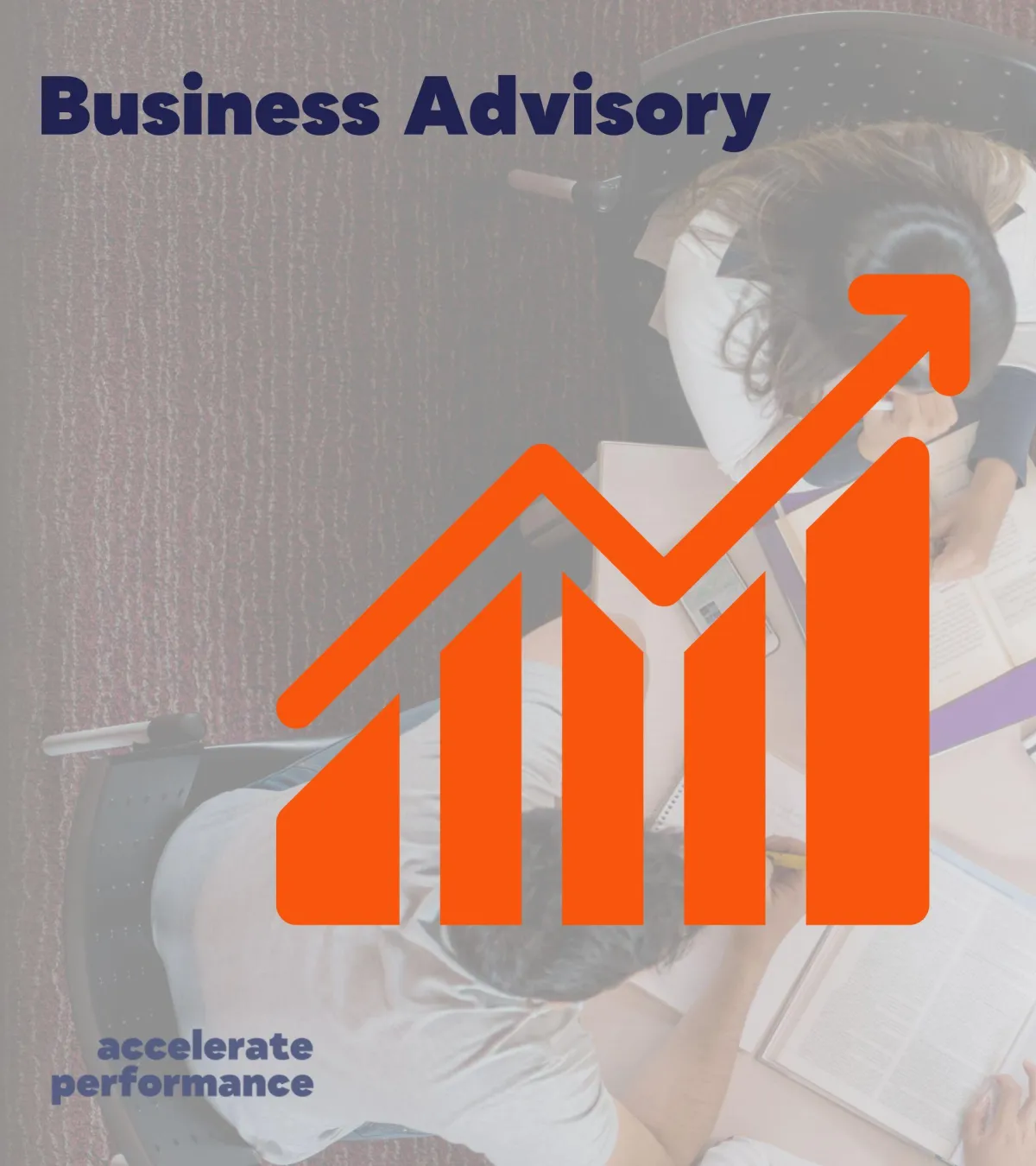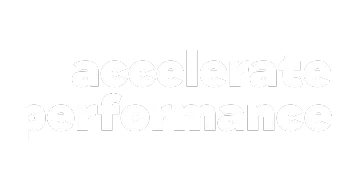We’ve Got You Covered

Lead Generation
Social media Ads, Google ads or totally free lead gen strategies; we have the tried & proven know-how to get you qualified leads that convert.

Social Media Management
Managing your socials doesn't have to be overwhelming. Save time on scheduling content and responding to comments and messages.

Content Creation
Whether you need blog posts, website copy, or social media updates, we can help you stand out from the pack and attract more customers.

Sales Funnels
We specialise in creating a custom funnels that fits your unique needs and helps you convert more leads into customers.

Reputation Management
With our Review Request System™, we can help you build a positive online presence and ensure that your customers see you as the best option.

SMS Marketing
Incredibly effective way to reach new customers, increase loyalty among current customers, and drive more sales at low cost. When done right.

Website Development
We'll work with you to create a website that reflects your unique brand and that will help you stand out from the competition.

Email Marketing
We'll help you create eye-catching emails that will grab your readers' attention, and turn it into action in form of more replies and sales.
Proud Advisors to:

Business Advisory Services for Technology Companies
Unlock the advantage of working with an experienced Business Advisor.

With advisors who have over 28 years of experience as Chief Growth Officers, Sales Directors, Chief Marketing Officers, and Strategy Leaders, Accelerate Performance helps technology businesses achieve hyper-growth.
Our business advisory services focus on the three areas most critical to scaling success: sales, growth strategy, and marketing.
Unlike traditional consultants, Ralph has led growth from the inside — building scalable sales engines, aligning go-to-market teams, and driving measurable results for fast-moving tech companies.
Advisory support is practical, strategic, and designed to accelerate your revenue trajectory.
Sales Advisory for Technology Companies
As a sales strategy consultants, Accelerate Performance works with technology companies to:
- Build repeatable, scalable sales processes.
- Strengthen pipeline management and forecasting for predictable revenue.
- Mentor and develop high-performing sales teams.
- Shorten sales cycles and increase win rates against enterprise competitors.
Growth Strategy Advisory
Technology businesses face unique scaling challenges — from market timing to investor demands. Accelerate Performance's growth advisory services help you:
- Define and execute strategies for hyper growth.
- Align product, marketing, and sales for maximum impact.
- Identify untapped revenue streams and international expansion opportunities.
- Apply proven GTM (go-to-market) playbooks designed for tech scale-ups.
Marketing Advisory for Tech Companies
As a technology marketing consultants, Accelerate Performance helps businesses:
- Create demand generation strategies that drive qualified leads.
- Optimise marketing channels for the highest ROI.
- Build brand authority that resonates with target buyers.
- Align marketing and sales to eliminate wasted spend.
Why Choose Our Business Advisory Services?
Accelerate Performance brings board-level expertise combined with hands-on execution experience. Having scaled technology businesses under investor pressure, we understand the realities of growth and competition.
With our business growth advisory for technology companies, you’ll gain:
- Proven frameworks to accelerate revenue and reduce acquisition costs.
- Strategic clarity to make better decisions faster.
- Actionable execution support, not just high-level theory.
The result? Technology companies achieve faster, more sustainable growth — with stronger sales, smarter marketing, and predictable revenue.
Business Advisory for Technology Companies
Sales Strategy Consultant for Tech Businesses
Technology Marketing Advisor
Growth Advisory Services for Scale-Ups
Ready to accelerate your growth? Contact us to discuss how our sales, growth, and marketing advisory services can unlock scale for your technology company.

How to Diagnose Change Failure Before It Happens | Accelerate Performance
Most change programmes fail for entirely predictable reasons.
Research shows 60-70% of change initiatives never achieve their goals. The statistics are brutal, but the patterns are clear.
I've examined this framework not as a theory but as a diagnostic tool. Five components must align for successful transformation. When any single element goes missing, a specific failure pattern emerges.
The elegance lies in its predictive power.
The Architecture of Failure
The framework identifies five essential components: 1) Vision, 2) Skills, 3) Incentives, 4) Resources, and 5) Action Plan. When all five exist, genuine change occurs.
Remove one component, and you get a predictable outcome.
No Vision creates Confusion.
No Skills generates Anxiety.
No Incentives breeds Resistance.
No Resources produces Frustration.
No Action Plan results in False Starts.
Each failure pattern has distinct characteristics. Understanding them transforms how you diagnose change readiness.
1) Vision: The Confusion Test
Vision answers the fundamental question: why does this change matter?
Without clear vision, people lack direction. They understand tasks but not purpose. Confusion manifests as conflicting priorities, redundant efforts, and constant requests for clarification.
Only 15% of employees always understand the rationale behind their organisation's strategy. That gap between leadership intent and employee comprehension creates the confusion the framework predicts.
The diagnostic question is simple: can your team articulate, in their own words, why this change matters?
If they repeat corporate messaging without a genuine understanding, there is no vision.
2) Skills: The Anxiety Indicator
Skills determine whether people can execute new requirements.
When skills are missing, anxiety emerges. People understand the vision but doubt their capability to deliver. This manifests as avoidance behaviours, excessive questioning of the process, and reluctance to commit to timelines.
The anxiety is rational. You're asking people to perform tasks they haven't mastered.
Ask yourself: have we identified the specific capabilities this change requires? Have we provided structured development to build those capabilities?
If the answer is vague reassurance rather than concrete skill-building, expect anxiety to undermine momentum.
3) Incentives: The Resistance Pattern
Incentives explain what people gain from embracing change.
Without clear incentives, resistance becomes the dominant response. People understand the vision and possess the skills, but see no personal benefit. Why invest effort in something that offers no return?
Resistance appears as passive compliance, minimal effort, and subtle sabotage. People do what's required but nothing more.
The diagnostic here cuts deep: what specific benefits will individuals experience from this change? Not organisational benefits, but personal ones.
If you struggle to articulate individual gains, you've identified why resistance persists.
4) Resources: The Frustration Factor
Resources encompass time, budget, tools, and support structures.
When resources are absent, frustration dominates. People understand the vision, have the skills, see the incentives, but cannot execute because they lack the necessary resources.
This creates the most painful failure pattern. Capable, motivated people watch initiatives stall due to constraints beyond their control.
The question becomes tactical: have we allocated sufficient time for this change? Do people have the tools they need? Have we removed competing priorities that consume their capacity?
Frustration signals a resourcing problem, not a people problem.
5) Action Plan: The False Start Syndrome
The action plan provides structure and sequence.
Without it, organisations experience false starts. Initial enthusiasm generates activity, but without systematic planning, momentum dissipates. People take action, but in uncoordinated directions.
False starts are particularly damaging because they create change fatigue. People invest effort, see no results, and become cynical about future initiatives.
Your diagnostic: do we have a structured implementation plan with clear milestones? Does everyone understand their specific role and timing?
Vague commitments to "work together" signal the absence of genuine planning.
The Multiplier Effect
Here's where the framework's power becomes clear.
Transformations using comprehensive approaches are nearly 8 times more likely to succeed than those addressing single components. The framework isn't additive, it's multiplicative.
Each component amplifies the others. Vision without skills creates anxious confusion. Skills without incentives produce capable resistance. Resources without planning generate well-funded false starts.
The diagnostic application is straightforward. Assess each component systematically before launching change initiatives.
For Vision: conduct listening sessions where people explain the change rationale in their own words. Confusion reveals itself quickly.
For Skills: map required capabilities against current competencies. Identify specific gaps rather than assuming readiness.
For Incentives: articulate individual benefits explicitly. Test whether people find them compelling.
For Resources: calculate actual time and budget requirements. Compare against what's allocated.
For Action Plan: document specific activities, ownership, and timelines. Vague plans expose themselves under scrutiny.
Application in Practice
The framework serves three distinct purposes.
First, as a planning tool. Before launching the change, systematically verify that each component exists. This prevents predictable failures.
Second, as a diagnostic instrument. When change initiatives stall, the framework identifies which component is missing. This focuses intervention efforts.
Third, as a communication structure. The framework provides language for discussing change readiness without assigning blame.
The real value emerges in ongoing application. Change isn't a single event but a continuous adaptation. Leaders who embed this diagnostic thinking build organisational capability for navigating complexity.
Executive coaching becomes essential here. Coaches help leaders continuously assess these five components as circumstances evolve. They provide an external perspective on gaps leaders might overlook.
Advisory services bring pattern recognition from multiple implementations. Advisors anticipate challenges specific to your context and design mitigation strategies before problems manifest.
The framework's simplicity enables systematic application. Five components, five failure patterns, five diagnostic questions.
What appears elegant in theory proves powerful in practice.

Accelerating Your Performance Every Day
Accelerate Performance is on a mission to enable people and business to achieve great things through Advisory, Coaching, Consulting, Executive Leadership Development, and Training. .
© Copyright 2013 - 2025 - Accelerate Performance
Made with ♥ In London, GB
